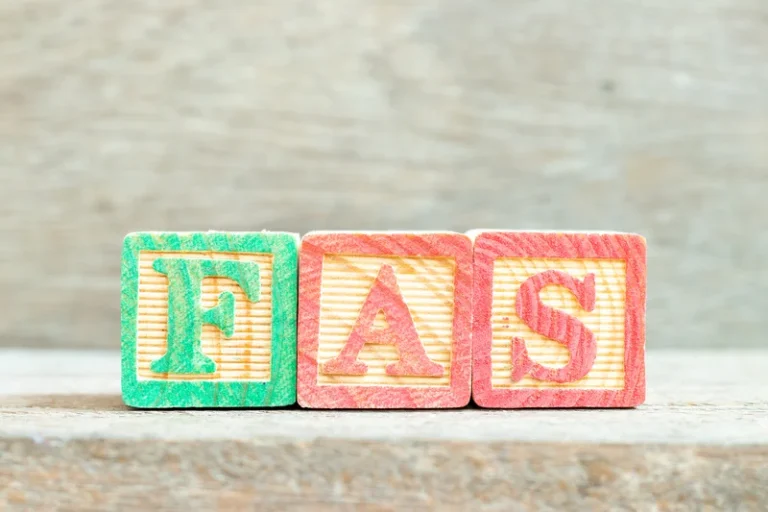News media Wikipedia

Yes, cognitive dissonance describes the link between a person’s attitude and behavior when they don’t align with each other. Human behavior drives people to make decisions that lead to comfort in those decisions. When conflict arises between beliefs and actions, this is cognitive dissonance.
Understanding all inconsistency compensation as a palliative response to violated expectations
It provides an introduction to the theory and covers the topics of cognitive dissonance following decisions, the effects of forced compliance, the impacts of voluntary and involuntary exposure to information, and the role of social support. Although familiar information tends to reproduce itself, new information has an impact, according to many theories. In noting the informational https://ecosoberhouse.com/ influence of others, Kelley, as well as Deutsch and Gerard, noted that reference groups can serve a informative or comparative function defining objective accuracy from the group’s perspective. In Darley and Latané’s cognitive model of helping, people consult social cues at each step of the process of noticing, interpreting, taking responsibility, deciding, and implementing help.
Reducing the Importance of the Conflicting Belief

If you experience cognitive dissonance, think about what result each of these actions will have in the long term before adopting them as a coping strategy. Cognitive dissonance creates an underlying psychological tension that motivates a person to make a behavioral or value-based change to avoid the tension. cognitive dissonance theory The degree to which your target audience experiences cognitive dissonance depends on several factors. How strong dissonance impacts an individual boils down to two key influences. This theory has profound implications for understanding decision-making processes and how we shape our values and behaviors.
- Dissonance can also be extended to other purchase phases, but its purposes will be different (Koller & Salzberger, 2009; Koller & Salzberger, 2012).
- Cognitive dissonance happens when you hold two conflicting thoughts in your mind at the same time — like loving both hamburgers and cows.
- As the number of cognitions that are inconsistent with each other increases, the amount of dissonance also increases.
1 Dissociation as a mean to prevent and reduce cognitive dissonance
Cognitive dissonance theory proposes that situations involving conflicting behaviors, beliefs or attitudes produce a state of mental discomfort (Festinger, 1957). Two cognitions are said to stand in a dissonant or conflictual relationship when one psychologically does not fit the other, as is the case when a person eats meat yet does not want to harm animals. Moreover, it has been argued that one qualifying condition for dissonance to emerge is that individuals feel responsible for their actions (Cooper & Fazio, 1984). Cognitive dissonance theory further centers on the idea that people strive for consistency between their cognitions, and that they apply a variety of methods to achieve it. Consistency between cognitions and actions is most common, but it is easy to find examples of inconsistent cognitions (Festinger, 1957). Importantly, a person holding dissonant cognitions only rarely experiences them psychologically as inconsistent in the long term.

One such dual-process model, the continuum model (Fiske and Neuberg), holds that perceivers begin with automatic categories (e.g., stereotypes), but with motivated attention to additional information, perceivers may individuate instead. Brewer’s dual-process model posits automatic identification processes and controlled categorization, individuation, and personalization. Members are also taught emotion-stopping techniques — especially to block feelings of homesickness, frustration towards leadership, illness, distress, and doubts. Whenever a person is feeling depressed, or anxious or fearful, they are exhorted to believe and surrender more to the leader or group. Whenever there is a problem, the group and the leader are always right, and it is always the member’s fault.
Emotions of Cognitive Dissonances
- Inconsistent or conflicting beliefs lead to disharmony, which people strive to avoid.
- More generally, persuasive arguments theory (Burnstein) describes how groups polarize shared opinions, compared to individuals, when they receive novel supporting information.
- In the coming years, we believe that it is inevitable that psychologists of differing disciplines will question the utility of offering wholly ‘distinct’ motivational accounts for each instantiation of this general inconsistency compensation phenomenon.
To reduce this dissonance, we are motivated to try to think that the task turned out well. And of course there are ultimate emotional discomforts, dissonances related to our desire to live and at the same time the knowledge that our material existence is finite. The most listened piece of music is Adagio for Strings by Barber, which is so sad it cannot be listened without tears. In 2004 listeners of the BBC’s Today program voted Adagio for Strings the “saddest classical” work ever. Online journalism is reporting and other journalism produced or distributed via the Internet.
Consumer decision-making
- If they are part of a wider problem that is causing distress, people may benefit from speaking with a therapist.
- A person who cares about their health might be disturbed to learn that sitting for long periods during the day is linked to a shortened lifespan.
- When the therapist is perceived as an expert, this reduces the client’s ability to discredit the advice given and enhances the likelihood of attitude change in direction of the therapist’s message.
Strong dissonances related to disappointments with friends and loved ones are a major topic of popular songs. This is the reason we want to listen to Elvis Presley, The Beatles, and Lady Gaga. Cognitive dissonance is a theory in social psychology first proposed by Leon Festinger. According to this theory, cognitive dissonance describes the discomfort experienced when two cognitions are incompatible with each other.
Indeed, criticism of the group triggers aversion, so raising a thought-stopping barrier. Guilt is used to keep the members’ attention focused inward, and avoid criticism of the group. Singer’s mention a former member who believed himself to be a “drug addict” because he had taken a single toke on a marijuana cigarette. In his book “A Theory of Cognitive Dissonance,” Festinger proposed that two ideas can be consonant or dissonant.

Moreover, minority influence (Moscovici) within groups operates partly through minorities’ conviction provoking majorities to systematically process their arguments. There have been other applications of dissonance to the practice of psychotherapy. Strong (1968) argued that when a therapist provides opinions that are discrepant from the client’s, the client experiences dissonance.
Article feedback
It is hypothesized that their positive influence on cognition might be a need to make fast decisions, e.g., when a life is threatened, even at the expense of the detailed understanding. Let me repeat that cognitive dissonances often lead to discarding the contradicting knowledge. Watch carefully a usual conversation among people, not between a student and her Professor, but a normal conversation between regular people. Usually people do not listen to each other and immediately discard what they just have heard. We, scientists love to praise ourselves that we do not discard contradictions, that we enjoy contradictions because they give us food for thoughts, for creating theories overcoming contradictions.
